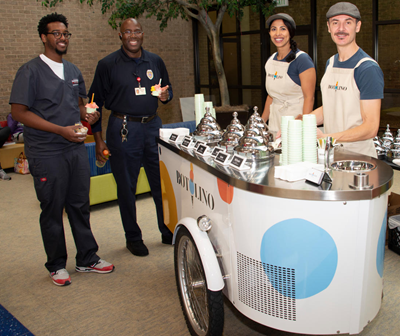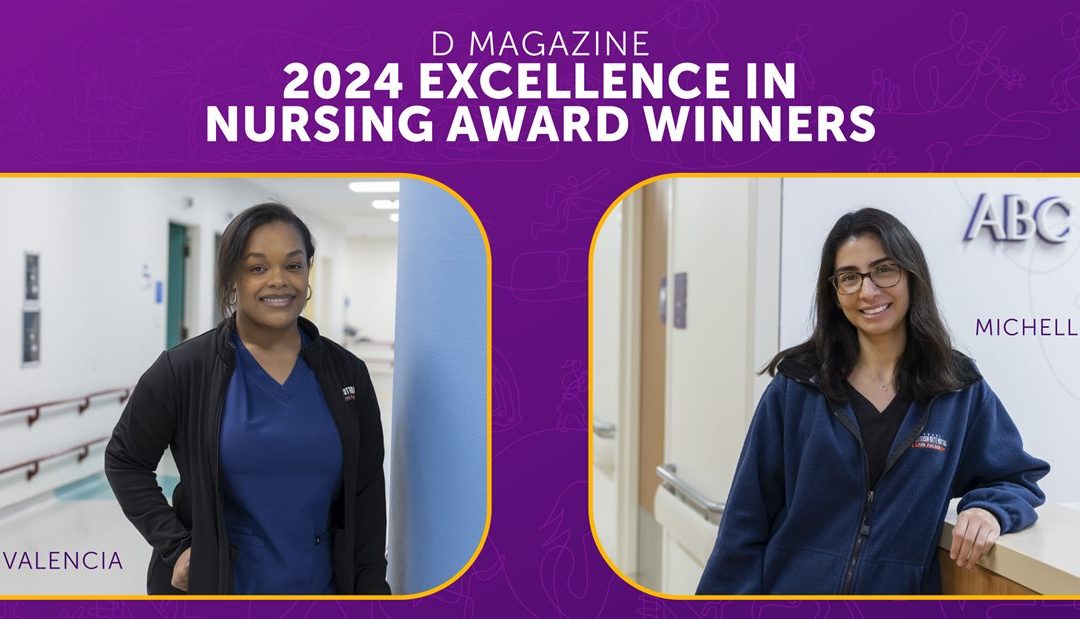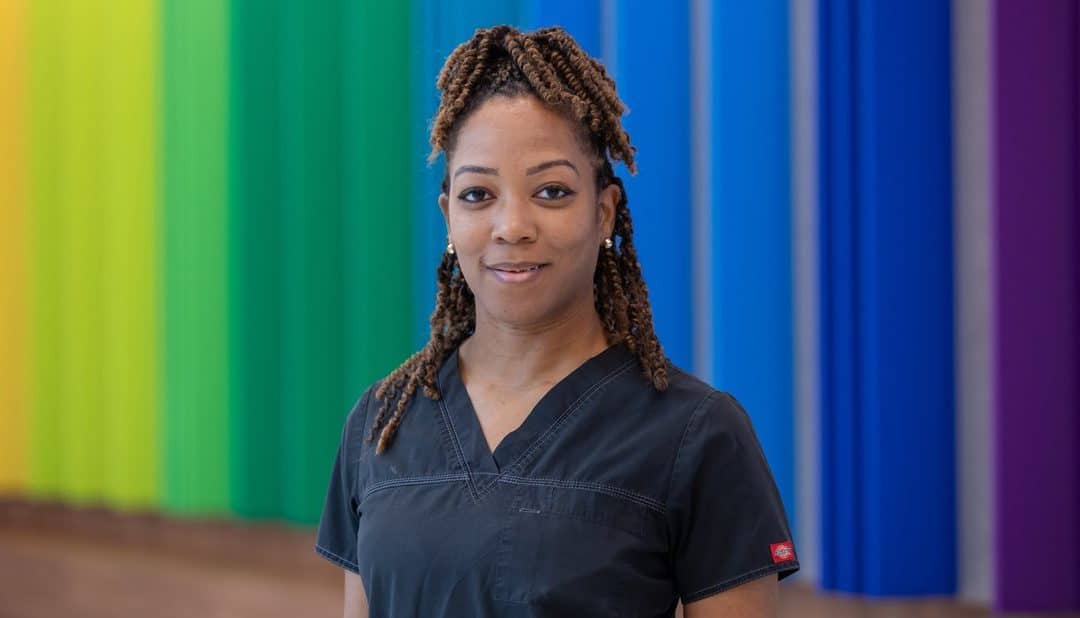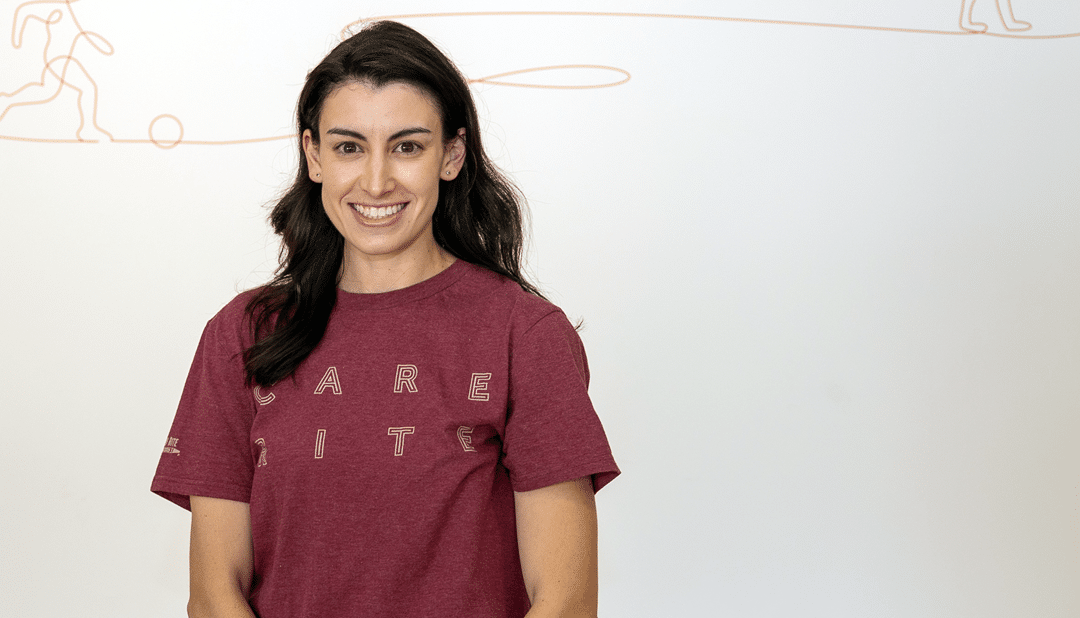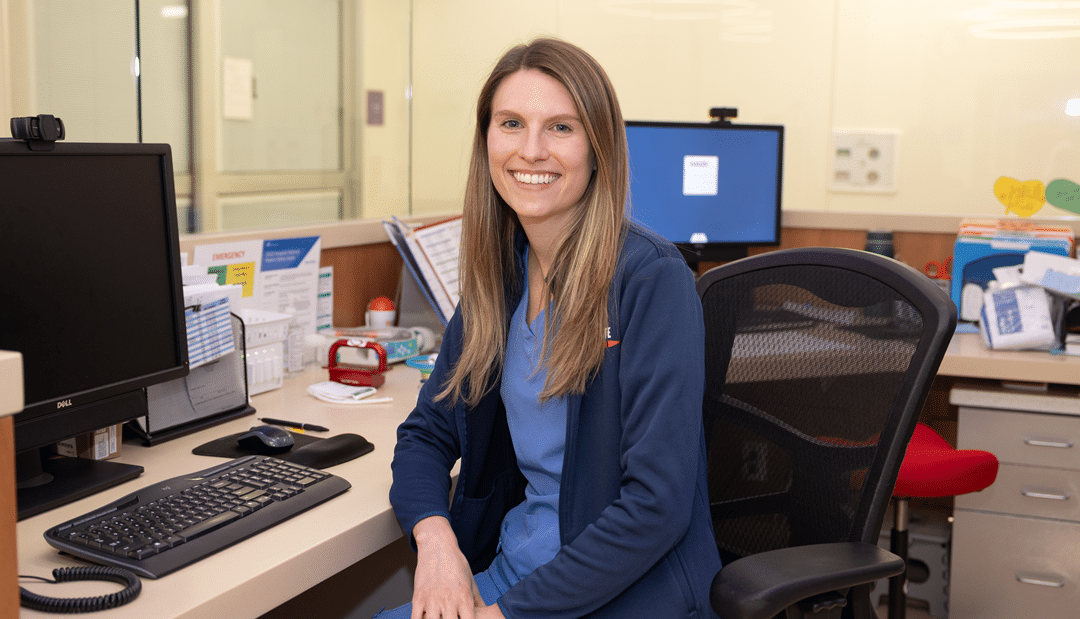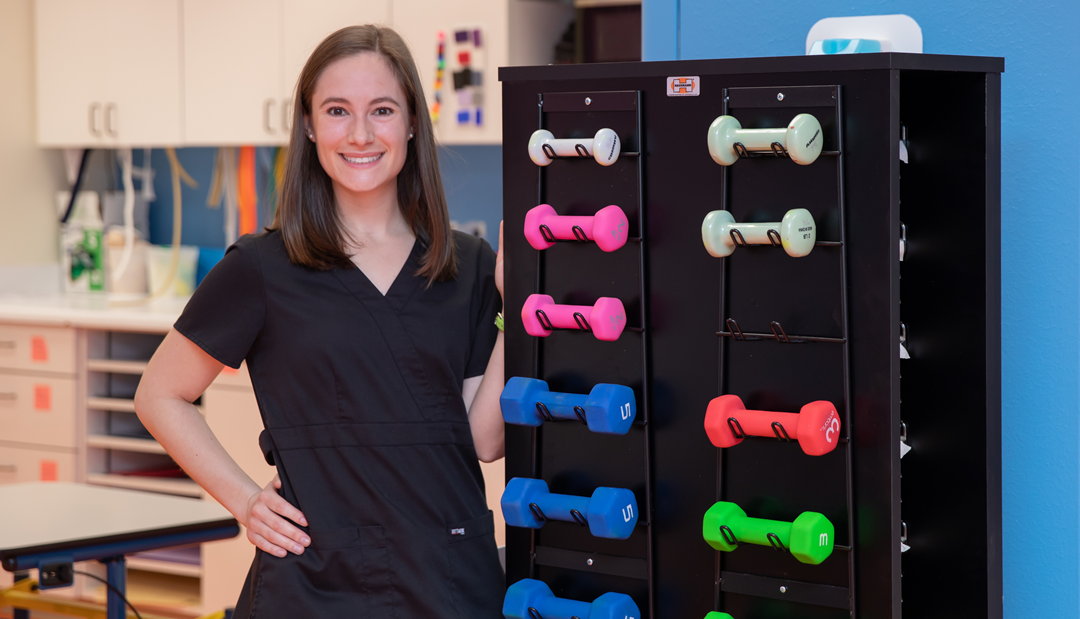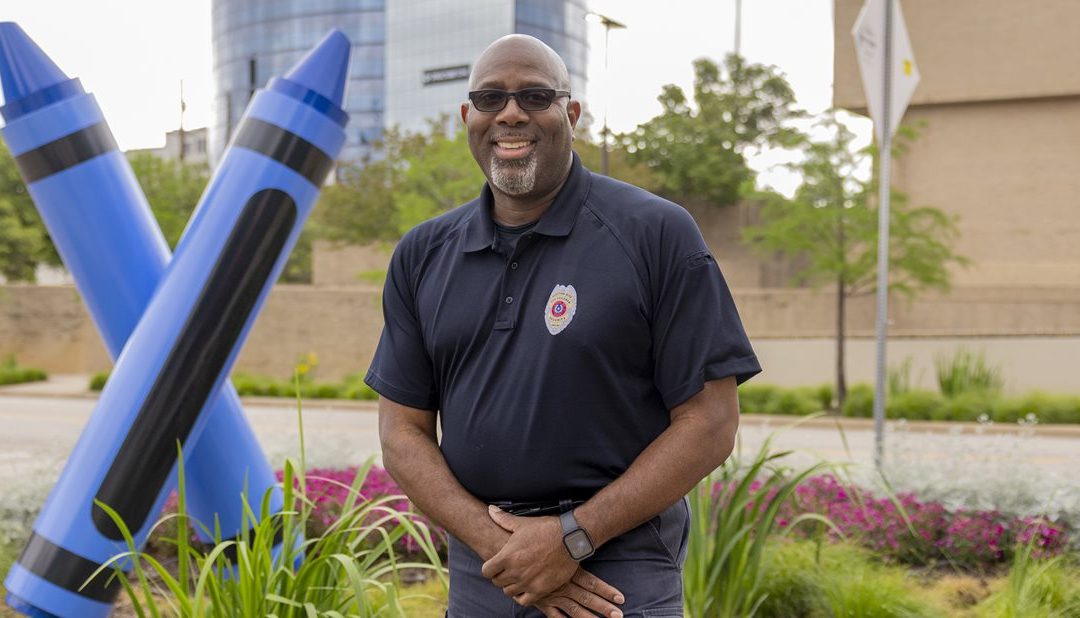
Get to Know our Staff: Marlon Brown, Security
What is your job title/your role at Scottish Rite for Children?
As a security officer, my job is to ensure the safety of the staff, patients, parents and visitors that come daily to Scottish Rite for Children.
What do you do on a daily basis, or what sort of duties do you have at work?
On a daily basis, in some compacity, I’m always visible to our visitors, whether that means my post is at the Main Entrance, Clinic Level desk or out in front of the hospital. Every day, I’m either greeting people or monitoring cameras throughout the day.

What was your first job? What path did you take to get here, or what led you to Scottish Rite?
My first job was delivering newspapers on foot throughout the neighborhood I lived in, during the summer and as I entered high school. That job gave me constant exposure to people and taught me to pay attention to detail. As I moved on in high school, I went to school half of the day and worked a part-time job the other half of the day — part of the job program I was enrolled in. I worked in a warehouse, shipping and receiving as well as pulling parts for customers who came in locally. I worked there the entire time while in high school and even after graduating, and then, going full time. I eventually had home delivery jobs and worked a long stint at Coca-Cola Bottling Company. These jobs put me in close, consistent interactions with people, allowing me to become the people person I am today.
What do you enjoy most about Scottish Rite?
I enjoy the fact that I get the opportunity to come to a place where I can use my gifts and talents to be a help to others in its simplest form of providing customer service. In any shape, form or fashion, I love just being helpful, assisting and friendly with a smile — in a word, a servant. I thoroughly love coming to Scottish Rite, fulfilling the needs of others who come here always and to those who come for the first time.
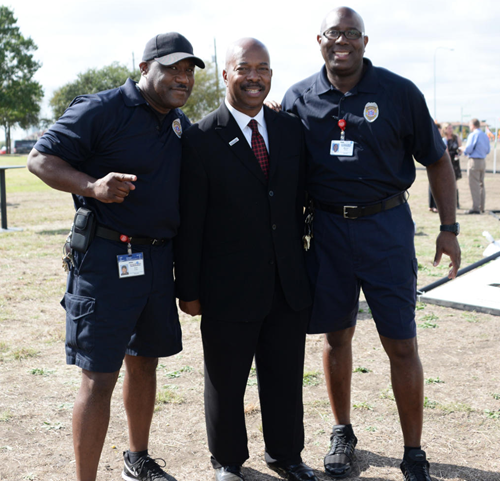
Tell us something about your job that others might not already know?
What I do every day, once I pull up on property and eventually walk inside Scottish Rite, I would do for free because that’s how much I enjoy what I do at the hospital. And, I’ve learned what you’ll do for free is your calling, and no one has to pay you. One thing others might not know about me, as it pertains to my job in the Security Command Center along with my coworkers, is I answer every incoming call into the hospital from outside.
Where is the most interesting place you’ve been?
New Orleans, Louisiana
What is your favorite game or sport to watch and play?
Basketball and football
If you could go back in time, what year would you travel to?
1986
What’s one fun fact about yourself?
I’m a good listener.
